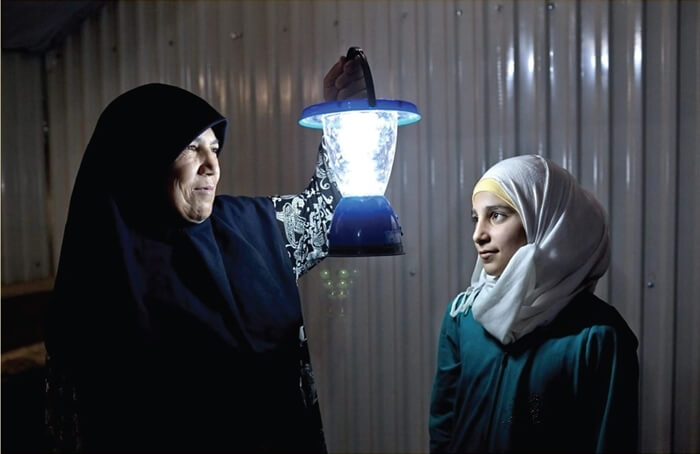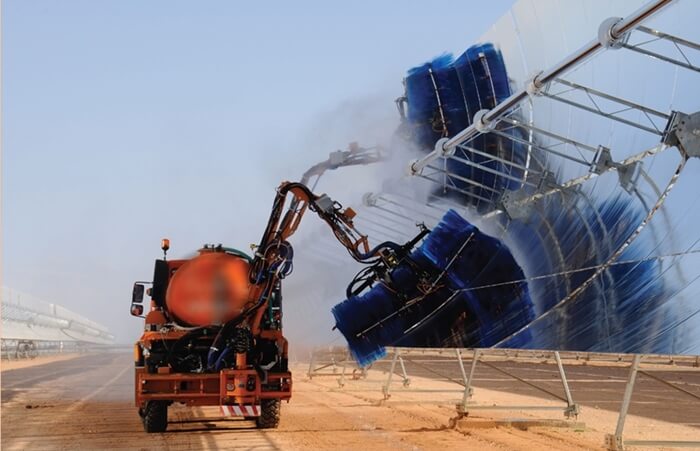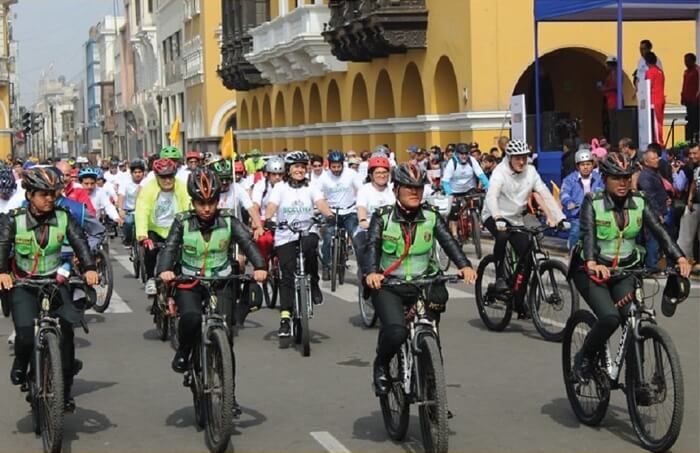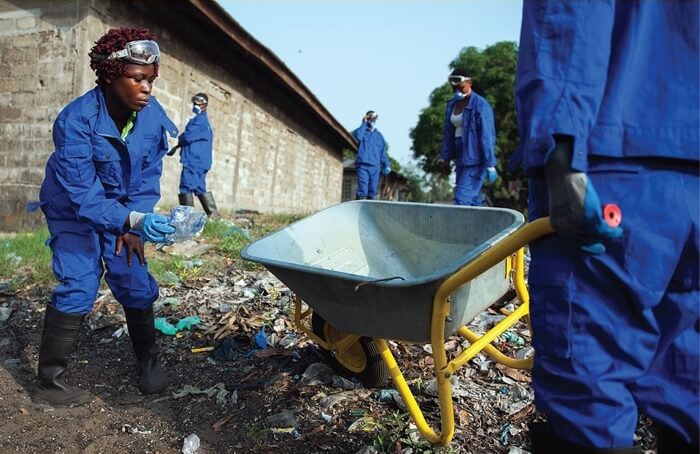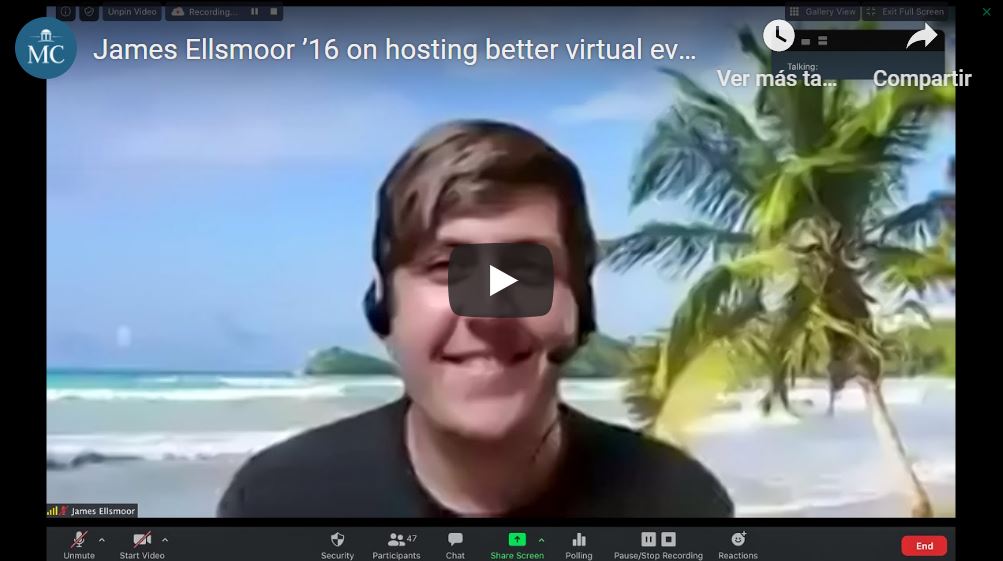Excerpt from csmonitor.com
Within seconds on a Wednesday evening in early April, more than 1 million Puerto Ricans were without power. Marilu Mayorga and her longtime partner Bill Greenberg were among them.
“The street, it’s total, complete darkness,” Ms. Mayorga said as she stepped outside their home. She could smell the gasoline fumes coming from her neighbor’s generator. She could hear its engine purr. “I’m seeing police lights outside. What’s happening? It’s so dark out here.”
It was dark in many other communities too. One of the island’s four main power plants had suffered the failure of a circuit breaker, erupting in flames. For five days, many Puerto Ricans remained without power. Public schools and government agencies temporarily shuttered.
Nearly five years after Hurricane Maria devastated this territory of the United States – claiming nearly 3,000 lives and prompting the longest power outages in U.S. history – Puerto Rico’s electric grid remains far from revived. Instead, its troubles symbolize deep challenges on the island, as climate change calls for both a greener power supply and resilience against increasingly powerful storms.
The devastation of Maria was an unavoidable call to action. The plodding follow-up is raising questions about governance, and is taxing residents’ patience while prompting some to leave the island altogether. Puerto Rico’s population of 3.2 million people is about 11% lower than in 2010.

Island Innovation is a social enterprise and digital media company at the intersection of sustainable development and communications, offering specialised services across various sectors. We bring together the private sector, government, utilities, NGOs and universities to advance innovation for sustainability and prosperity in islands worldwide.









